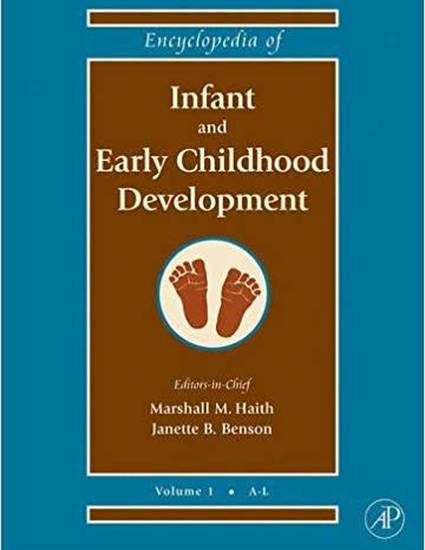
Contribution to Book
Auditory Development and Hearing Disorders
Reference Module in Neuroscience and Biobehavioral Psychology
Encyclopedia of Infant and Early Childhood Development
(2008)
Abstract
This article provides an overview of the structures of the auditory system and the basic facts about absolute auditory sensitivity in infants and children. Prenatal development of the auditory system is summarized with an emphasis on implications for hearing loss. Behavioral and electrophysiological findings on the development of auditory sensitivity in infants are reviewed. These findings show a pattern in which the initially modest auditory sensitivity of infants improves rapidly during the first half year after birth and more gradually through early childhood. The rate of improvement is faster for higher than for lower frequency sounds. The prevalence of hearing disorders is described, along with procedures for screening and assessing infant hearing. Appropriate intervention is described, including hearing aids, cochlear implants, and training in different communication modes. Other aspects of auditory function, such as frequency discrimination, are covered elsewhere in this encyclopedia.
Keywords
- Audiology,
- Auditory,
- Auditory brainstem response,
- Cochlear implant,
- Deafness,
- Ear,
- Hearing,
- Hearing aid,
- Hearing loss,
- Hearing screening,
- Otoacoustic emissions
Disciplines
Publication Date
January 1, 2008
Editor
Marshall M. Haith and Janette B. Benson
Publisher
Academic Press
DOI
10.1016/B978-012370877-9.00014-1
Citation Information
Ashmead, D.H., Tharpe, A.M., & Sladen, D.P. “Auditory Development and Hearing Disorders”. In M.M. Haith & J.B. Benson (Eds), Encyclopedia of Infant and Early Childhood Development. San Diego, Academic Press; 2008
